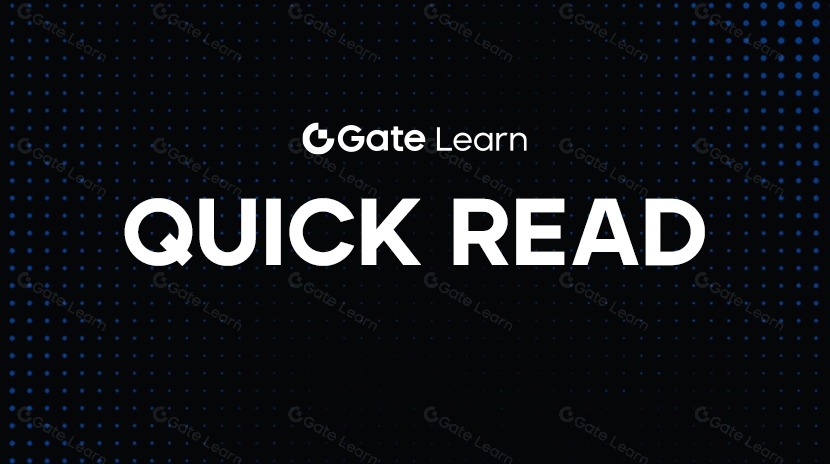Tectonic Cryptoとは何ですか:分散型金融レンディングの新たな基盤を構築する
1. 導入 – DeFiレンディングの価値の再評価
ブロックチェーン技術が進化を続ける中、分散型金融(DeFi)は徐々に完全な金融インフラを構築しています。その構成要素の中で、貸出プロトコルは最も基本的な金融ツールの1つとして機能し、全体の暗号資産経済の流動性において中心的な役割を果たしています。CompoundやAave、VenusやAnchorなど、さまざまなプロトコルが異なるエコシステム全体で多様なモデルを模索し、ユーザーに安全で効率的な資産の貸出しや借入れの機能を提供しています。
この背景の中で、テクトニックプロトコルが登場しました。 Cronosブロックチェーン上で動作する貸出プロトコルとして、テクトニックはそのシンプルさ、効率性、およびセキュリティで知られ、暗号通貨ユーザーに許可なく、自己実行可能で普遍的にアクセス可能な貸出インフラを提供することを目指しています。本文では、テクトニックのDeFi貸出空間における戦略的位置付けを徹底的に分析し、その技術アーキテクチャ、主要機能、トークノミクス、セキュリティメカニズム、および将来の展開について検討します。
2. 技術アーキテクチャとプロトコル設計
Tectonicのコア技術哲学は、シンプルさ、セキュリティ、効率性に焦点を当てています。 Cronosブロックチェーン上に構築された分散型貸出プロトコルとして、Tectonicは、EVM互換性の利点を取り入れながら、特にトランザクション確認速度、オンチェーンコスト効率、クロスチェーンインタラクション体験に最適化された、確立されたCompoundプロトコルからインスピレーションを得ています。
プロトコルのスマートコントラクトは、独立して動作する複数のモジュラーコンポーネントで構成されていますが、それらは結束しています。
サプライプール:さまざまな主要な暗号資産の預入れをサポートします。預入れすると、ユーザーは元本と利子を表す「tトークン」を受け取ります。
借入エンジン:ユーザーが過剰担保によって資産を借りることを可能にします。借入限度額は担保資産の市場価値に基づいて計算されます。
利子率モデル:市場の供給と需要に応じて貸出金利と借入金利を自動的に調整する動的調整メカニズムを採用し、資本効率とリスク管理の両方を確保します。
清算プロトコル:借り手の担保比率が必要な閾値を下回ると、システムは自動的に一部の清算をトリガーし、流動性提供者の資金を保護します。
全体的なアーキテクチャは非常にモジュラーであり、将来の拡張性を考慮して構築されており、NFT担保、分散型アイデンティティ(DID)統合、クロスチェーン相互運用性のアップグレードをサポートしています。

3. コア機能モジュールの概要
Tectonicは、異なるユーザーのニーズに合わせて機能をカスタマイズし、以下に要約されたコアモジュールを提供します。
1. 供給モジュール
ユーザーは、プロトコルに暗号資産を預けることができ、それにより自動的に年利を計算して配当します。預けられた資産はすぐに流動性プールに入り、ユーザーは預け証明としてtトークン(例:tUSDC、tETH)を受け取ります。これらのトークンは無料で引き出しが可能だけでなく、借入や流動性マイニングの担保としても使用できます。
2. 借入モジュール
tトークンを担保にして、ユーザーは一定の担保比率までサポートされた資産を借りることができます。借り手は健全な担保水準を維持しなければならず、それを怠ると清算されるリスクがあります。この機能は、短期のアービトラージ、レバレッジ取引戦略、または既存の保有資産を売却せずに流動性を得たいユーザーに特に適しています。
3. リキデーションモジュール
市場の変動や価格の下落によって担保比率が破られると、テクトニックは第三者の清算人が清算を実行できるようにします。清算人は清算された資産の一部を報酬として受け取り、プロトコルに対する最小限のシステムリスクを確保します。
4. 担保比率とリスクパラメータ
Tectonicは、流動性の閾値、担保係数、借入制限など、各資産に対してさまざまなリスク管理パラメータを実装しています。このアプローチにより、プロトコルは高いボラティリティを持つ資産に関連するリスクを効果的に管理することが可能になります。

4. トークノミクス(TONIC)
Tectonicのインセンティブメカニズムは、主にそのネイティブガバナンストークン、TONICによって駆動されています。報酬、ガバナンス、およびコミュニティ参加のためのコアユーティリティとして、TONICトークンモデルには次の特長が含まれています:
Tectonicは、総供給量が500兆トークン(500,000,000,000,000)のネイティブトークン$TONICによって管理されています。ユーザーはTectonicプロトコル内のさまざまな活動に参加することでTONICを獲得することができます。
1. 機能の役割
インセンティブ報酬:流動性提供者や借入者は、xTONICで報酬の一部を獲得し、ユーザーの維持とエンゲージメントを向上させることができます。
ガバナンス投票:xTONIC保有者は、パラメーター変更やサポートされる資産リストの更新など、重要なプロトコルの決定に投票する権利を持っています。
追加価値のためのステーキング:ユーザーは追加の報酬を獲得したり、優先アクセス権を得るためにxTONICをロックすることができます。これにより、トークンの長期的な価値提案が強化されます。
2. 分配メカニズム
$TONICトークンの配布は以下のように構成されています:
チーム:23%(4年のベスティングスケジュールに従う、毎日解放)
エアドロップ:0.1%(ベスティングスケジュールなし)
エコシステムリザーブ:13%は、パートナープロジェクト、コミュニティイニシアティブ、アドバイザーをサポートするために割り当てられています(固定のベスティングはありません。エコシステム関連の計画が発生した場合のみトークンがリリースされます)
ネットワークセキュリティ&メンテナンス:セキュリティ監査、プロトコル運用、インフラのアップグレード、流動性準備金に13%が割り当てられています(ローンチ時に解除され、ベスティングスケジュールはありません)
コミュニティインセンティブ:50.9%は、テクトニックコミュニティに配布され、参加インセンティブや流動性マイニング、またはステーキングの報酬として使用されます。これには、サードパーティープロトコル(例:イールドファーミングやDEXでのステーキング)で発行された$TONIC報酬も含まれます。
3. 価値捕捉メカニズム
長期的なトークン価値向上のために、プロトコルはバイバック&バーン戦略を導入します。プロトコルの収益の一部は、オープンマーケットからTONICトークンを買い戻し、燃焼させるために使用されます。これにより流通供給が減少し、希少性が高まり、トークンの固有価値を支持します。
5. セキュリティメカニズムと監査保証
DeFiプロトコルの最優先事項の1つは、ユーザー資金のセキュリティです。展開前に、Tectonicは複数のラウンドのスマートコントラクト監査を受け、異常なアクティビティを検出および対応するためのリアルタイムモニタリングシステムを運用しています。主要なセキュリティ対策には、次のものが含まれます:
1. 複数の監査
Tectonicのスマートコントラクトは、CertiKやSlowMistなどの信頼性の高いセキュリティ企業によって徹底的に監査されており、ロジック検証、アクセス制御、再入防止、オラクル依存管理などの領域がカバーされています。
2. オラクルシステム
価格フィードはChainlinkやBand Protocolなどの信頼できるオラクルサービスから提供されており、価格操作に対する保護を確保し、清算リスクや裁定取引の悪用を防止しています。
3. リキデーション許容設計
Tectonicには、ユーザーに対して重要ではないが顕著な資産価格の変動時に担保を追加したりローンを返済したりするための時間枠を提供するプログレッシブリスクバッファメカニズムが備わっており、これにより強制的な清算が全体のエコシステムに与える影響を軽減することができます。
4. コミュニティホワイトハットインセンティブ
Tectonicは、潜在的な脆弱性を特定するセキュリティ研究者を奨励するために、バグバウンティプログラムを立ち上げました。これにより、プロトコル全体の防御能力が強化されます。
6. リアルワールドでのユースケースとエコシステムの拡大
Tectonicは単なる技術プロトコル以上のものです-それは多様なDeFiユースケースへのGate.comの道として機能します:
1. 受動的な収入戦略
長期保有者(HODL者)は、不活性資産をプロトコルに預けて、収益を受動的に得ることができ、ポートフォリオ管理を「設定して忘れる」スタイルにすることができます。
2. レバレッジ取引と裁定取引
短期トレーダーは、テクトニックの貸出機能を利用して、市場戦略にレバレッジをかけることができます- たとえば、ETHまたはBTCを借り入れてヘッジ取引やオプション取引を実行するなどです。
3. ICO参加とトークン販売
既存の暗号資産を担保に安定通貨を借り入れることで、ユーザーは現在のポジションを清算せずに新しいトークンのローンチに参加できます。これにより、ポジションを維持しながら柔軟性を得ることができます。
4. 収益集約とクロスプロトコルアービトラージ
Tectonicは、さまざまな収益アグリゲーター(Beefy、Autofarmなど)と統合することができ、ユーザーは貸出と収益戦略を組み合わせて最適な収益を自動化することができます。
5. クロスチェーン拡張の可能性
Cronos上の基本的な金融プロトコルとして、TectonicはCosmosエコシステムや他のEVM互換チェーンに拡大するための好ポジションにあり、クロスチェーンレンディングや統合アカウントシステムを実現しています。

結論
Tectonicのコアバリューは、複雑な金融機能を可能な限り簡単な方法で提供することにあります。貸出プロトコルに留まらず、それはクロノスエコシステム内の安定性と成長の礎として存在します。
そのよく設計されたメカニズム、最適化されたトークノミクス、明確な開発ロードマップにより、Tectonicは、より多くのユーザーがDeFiの世界を探索する道を切り拓いています。それは資本効率と価値の向上を解除するだけでなく、普段のユーザーにもブロックチェーン革新の財務上の利益を分かち合うことを可能にします。
関連記事
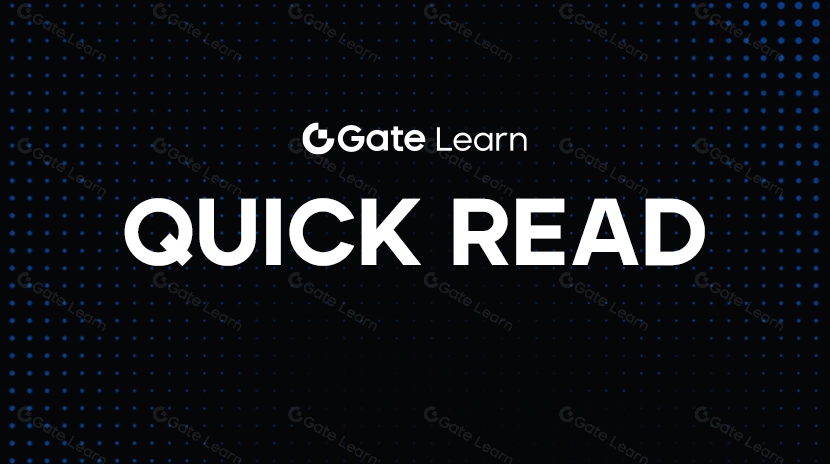
Forkast (CGX): ゲームやインターネット文化向けに構築された予測市場プラットフォーム
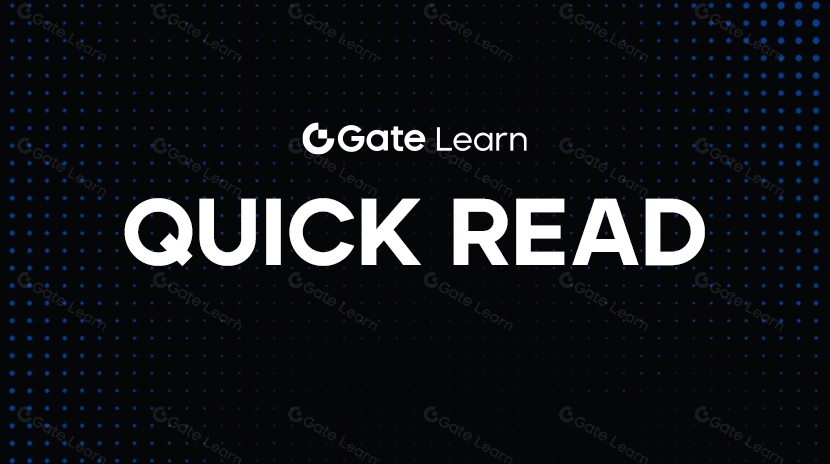
Piコインを売却する方法:初心者向けガイド
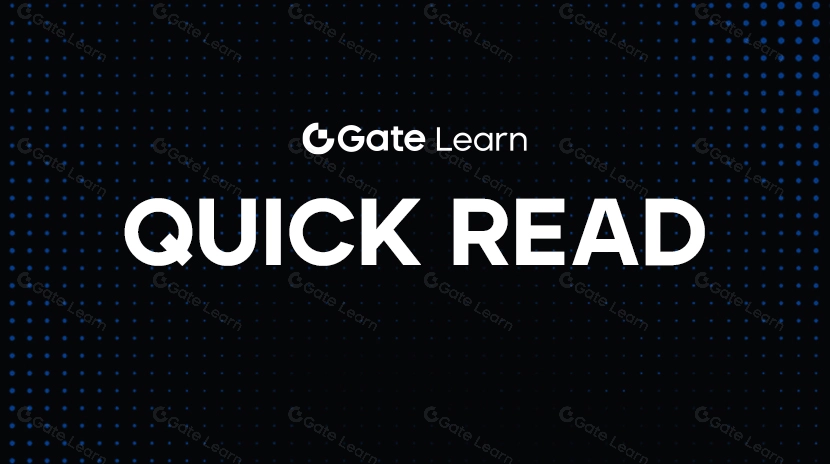
Radiant Multi-Signature Attackを使用したBybitハックの分析を例に
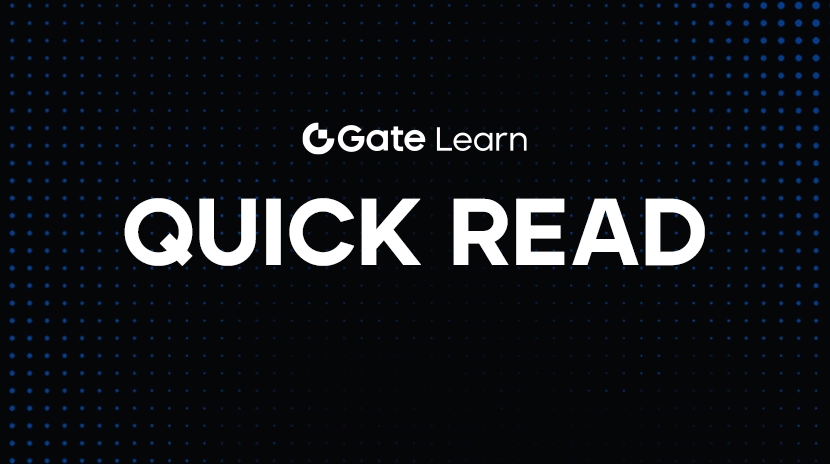
$MAD: MemesAfterDark – The Ultimate Degen Token
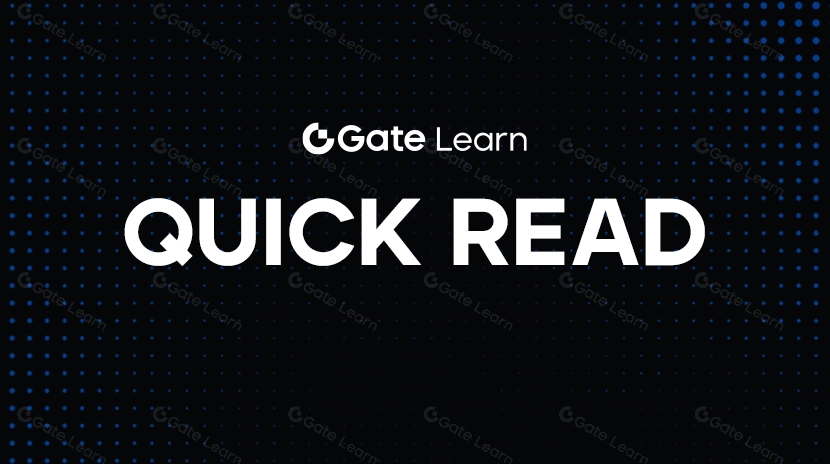
Piノード:誰もが参加できるブロックチェーンノード
